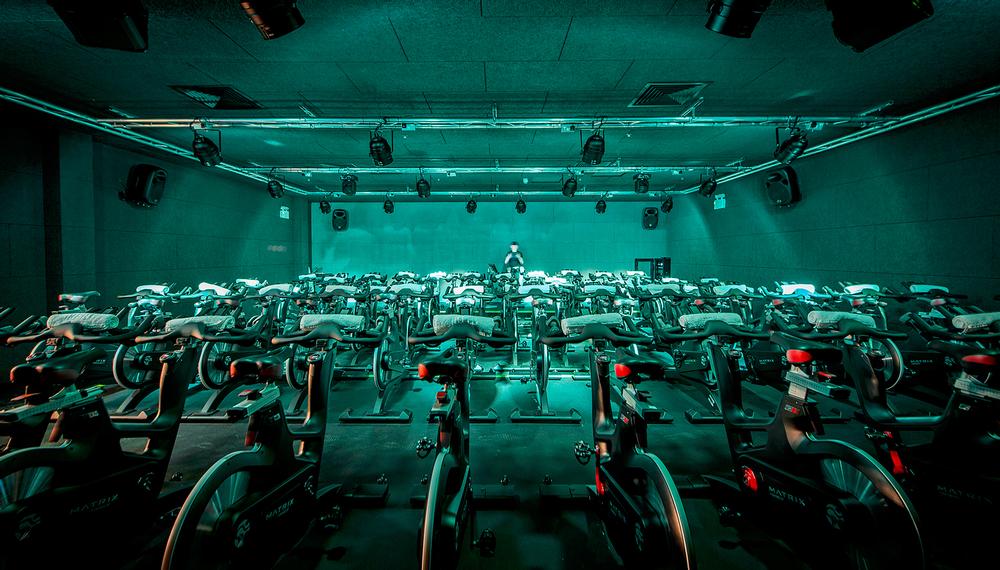The latest fitness industry fad is high intensity exercise. Purpose built boutique style studios are popping up everywhere, promising ‘the most amount of oh-God-make-it-stop pain you can fit into 45 minutes’ according to a review of one class in the City. The business owners claim this is a short cut to getting the body you want but is this true?
I would guess these facilities are marketed at a particular demographic; mid 20s to early 30s ladies and gents with a penchant for group exercise and ‘smashing it’. No doubt these individuals are more robust than most but does ‘destroying yourself’ without a context lead to gains in fitness and rapid body transformations?
Getting fit, changing your body shape and getting stronger all relate to biological processes. These processes are not governed by how loud the music is or how much somebody shouts at you, they are governed by evolution. Your body responds to a stimulus and, within certain parameters, makes changes to ready you in case this happens again. These processes can’t be hastened.
The key to getting stronger and fitter is to pitch the demand at just the right level to provoke a stimulus, but not too much that it leads to the kind of breakdown that requires treatment.
Is this considered with this type of exercise? I don’t think that’s even possible in such an environment.
In contrast watch an athlete train and observe not just the athlete but the environment. Is it a nightclub? Unlikely.
Are they immersed in what they are doing or are they using as many distractions as possible? They are completely present.
Is every session thought of in terms of self destruction or strategically planned to get just a little bit better? I would say the later.
There’s no doubt these classes offer an interesting experience, but that’s all they are. Single experiences with no context. Rather like going to a bar or the cinema.
They are sold as the anti gym and I can see why that would be appealing. The gym model as we know it seems moribund and that’s the fault of the gyms and nobody else.
The fundamental problem that underpins all of these issues is a lack of long term sustainable results for the consumer. I’m not saying everybody has to train like an athlete but the same principles apply because both you and the athlete are human.
In order for an exercise programme to be successful in bringing about sustainable change, it must first meet you where you’re at and then progress you appropriately. There is no short cut around this and if one is taken there are likely to be consequences further down the line.
